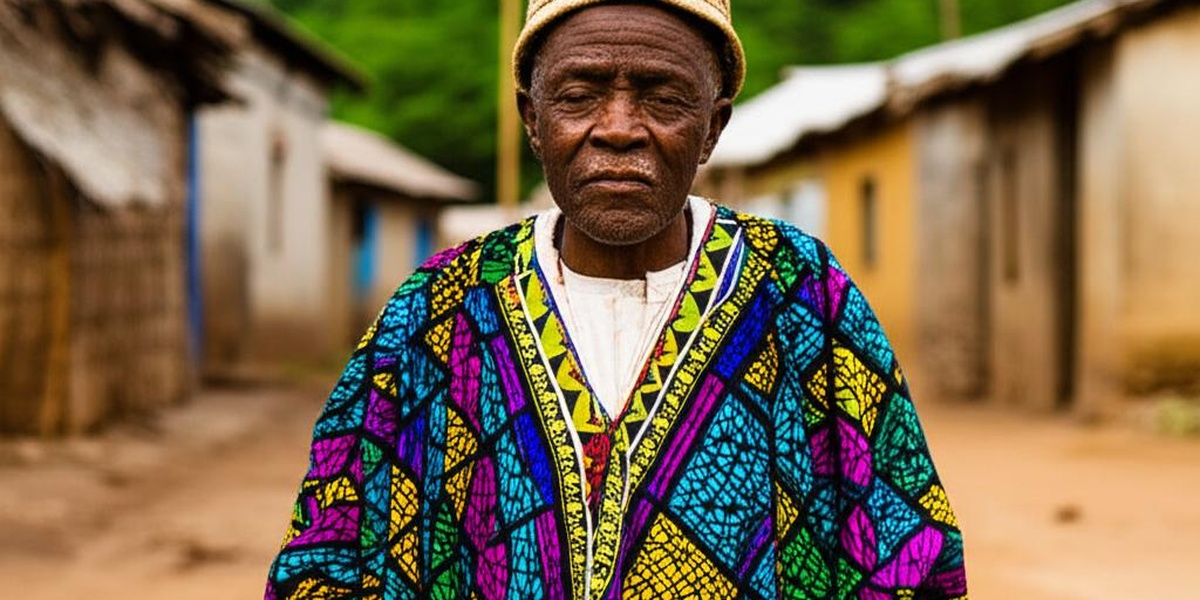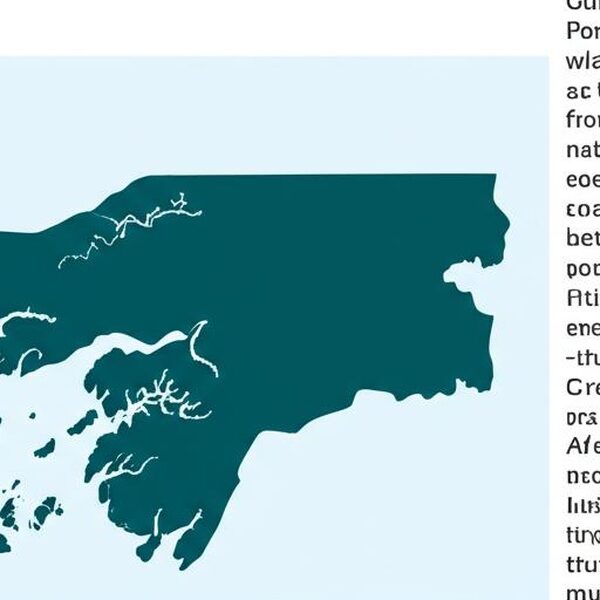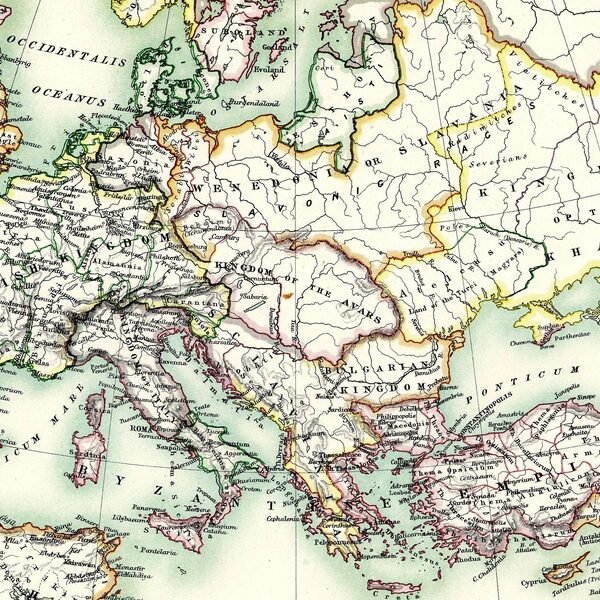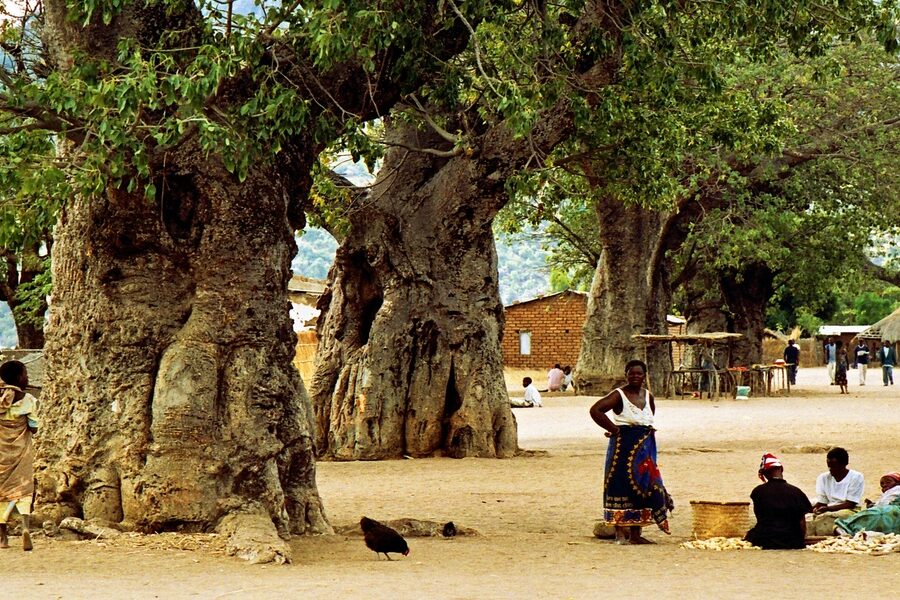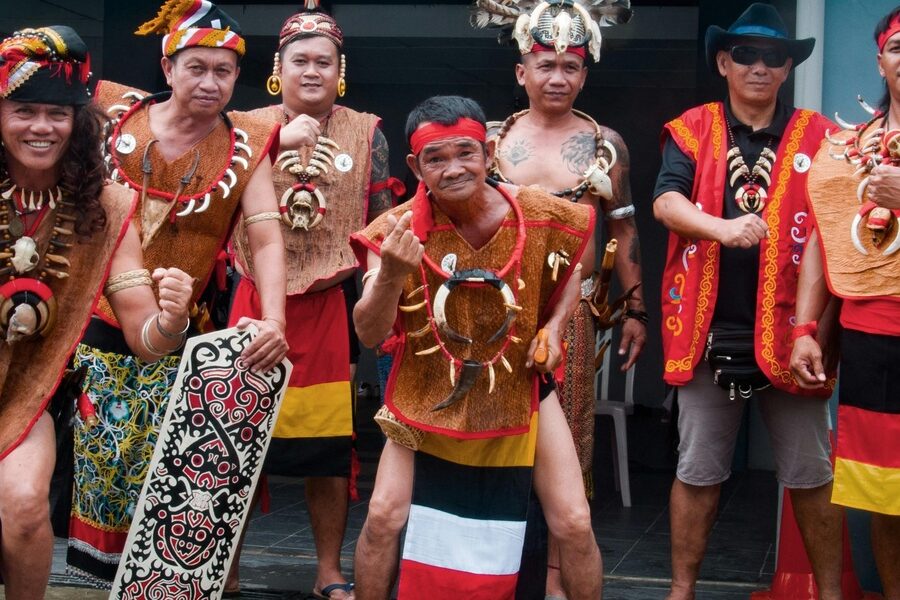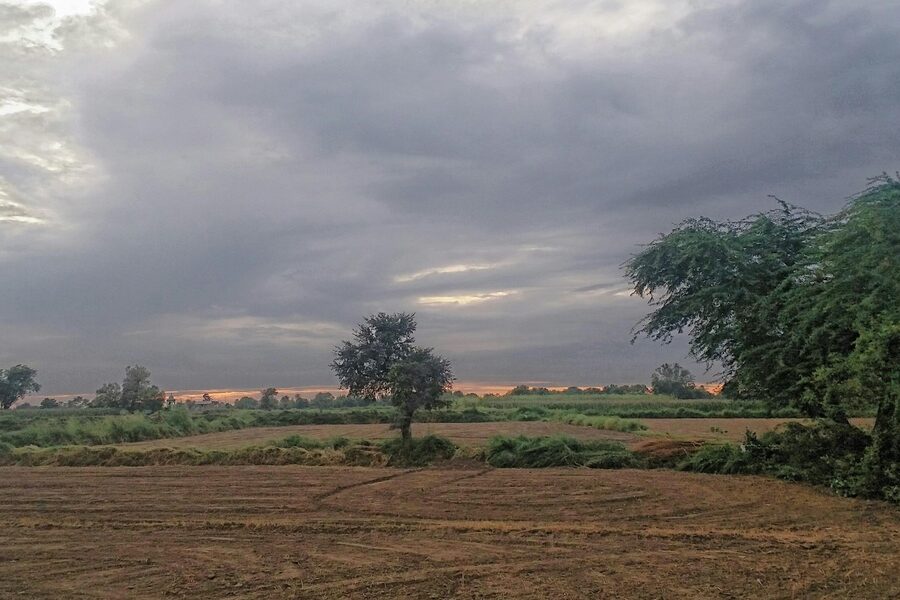Sierra Leone sits on the Atlantic coast of West Africa, where geography and history have shaped a rich patchwork of communities. Understanding the nation’s ethnic landscape helps make sense of local languages, customs and regional ties that influence daily life and politics.
There are 18 Sierra Leone Ethnic Groups, ranging from Bullom to Yalunka. For each group you’ll find below organized columns showing Population (est), Main region(s), Language(s) & religion, so you can quickly compare size, location and cultural traits—you’ll find below.
How do language and religion vary among these groups?
Many groups share regional languages and Islamic or Christian faiths, but some combine local dialects with distinct religious practices; the table below helps identify which groups are concentrated in particular regions and which languages or religions are most common, making it easier to spot patterns of overlap and diversity.
Which groups are the largest and where are they mainly located?
Population estimates in the table highlight the largest communities and their main regions—coastal, interior or northern areas—so you can see at a glance which ethnic groups dominate particular parts of Sierra Leone and which are smaller or more dispersed.
Sierra Leone Ethnic Groups
| Name | Population (est) | Main region(s) | Language(s) & religion |
|---|---|---|---|
| Temne | 35.5% (2015) | Northern and Western Areas; Port Loko, Bombali, Kambia | Temne language; majority Muslim, Christian minorities |
| Mende | 31.2% (2015) | Southern and Eastern Provinces; Bo, Kenema, Kailahun | Mende language; many Christian and Muslim communities |
| Limba | 6.4% (2015) | Northern Province; Bombali, Kambia, Port Loko areas | Limba language; mix of Islam and Christianity |
| Krio (Creole) | 3.2% (2015) | Western Area, especially Freetown | Krio (English creole); predominantly Christian |
| Fula (Fulani) | 4.4% (2015) | Scattered: Northern, Eastern, urban centers | Pulaar/Fula languages; majority Muslim |
| Kono | 3.5% (2015) | Eastern Province; Kono District (Koidu area) | Kono language; mix of Islam and Christianity |
| Sherbro | 2.0% (2015) | Coastal Southwest; Bonthe District, Riverine areas | Sherbro language; many Christian, some Muslim |
| Mandingo (Mandinka) | 1.8% (2015) | Northern and Eastern trading towns | Mandinka language; largely Muslim |
| Loko | 2.0% (2015) | Northern Province; Rokel River areas | Loko language; mix of Islam and Christianity |
| Kissi | 2.2% (2015) | Eastern borderlands; Kono, Kailahun, Koinadugu | Kissi language; mainly Christian, some Muslim |
| Kuranko (Koranko) | 2.0% (2015) | Northern and Eastern highlands; Koinadugu | Kuranko language (Mande); majority Muslim |
| Susu | 1.5% (2015) | Northern border districts; Port Loko areas | Susu language; predominantly Muslim |
| Yalunka | 1.1% (2015) | Northern and northeastern districts | Yalunka language; mainly Muslim |
| Vai | 0.8% (2015) | Southeastern border area with Liberia | Vai language; Christian and Muslim mix |
| Gola | 0.6% (2015) | Eastern forests; Gola Hills (Kenema, Kailahun) | Gola language; Christianity and indigenous beliefs |
| Bullom | 0.5% (2015) | Coastal Northern and Western areas | Bullom (Sherbro-Bullom); Christian communities |
| Oku | 0.3% (2015) | Freetown and some northern towns | Yoruba-derived Oku dialect and Krio; Muslim |
| Kasseh (Kasseh-Mende subgroup) | 0.2% (2015) | Southern interior pockets | Mende dialects; Christian and Muslim mix |
Images and Descriptions
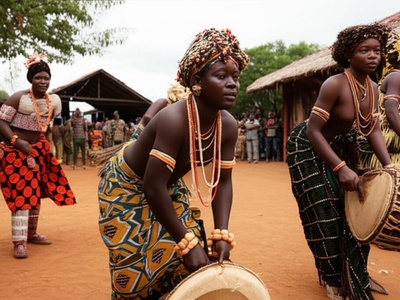
Temne
One of Sierra Leone’s largest groups, the Temne trace origins to inland waves and trade; known for rice farming, strong chieftaincy structures, and political influence in northern regions. They maintain rich oral traditions and masked dances.
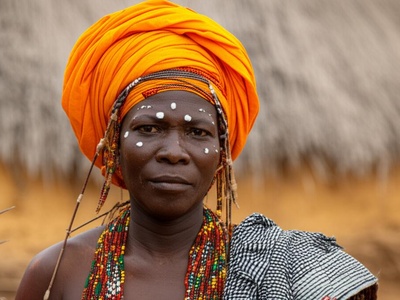
Mende
The Mende are major agriculturalists with deep secret-society traditions (Poro and Sande), expressive music and storytelling. Historically dominant in the south and east, they are influential culturally and politically within Sierra Leone.

Limba
An indigenous northern people with ancient roots in Sierra Leone, the Limba are known for farming, forest lore, and distinctive ceremonies. They often serve as cultural intermediaries between Temne and interior groups.

Krio (Creole)
Descendants of freed Afro-Caribbean and African-American settlers, the Krio are concentrated in Freetown. They shaped Sierra Leonean urban culture, language, education and commerce, acting historically as intermediaries with colonial authorities.
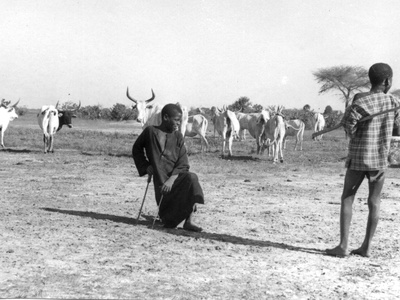
Fula (Fulani)
A traditionally pastoral and trading people, Fula in Sierra Leone engage in herding, commerce and urban business. They are noted for Islamic scholarship, transnational networks and resilience in diverse ecological zones.

Kono
Kono people inhabit diamond-rich eastern Sierra Leone. Known for gold and diamond mining traditions, strong communal ties and colorful ceremonies, their livelihoods and local politics were shaped by mining booms and conflicts.
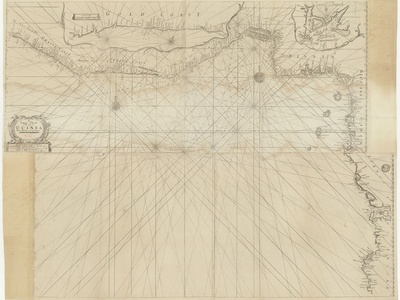
Sherbro
Coastal and riverine Sherbro are seafaring fishers and traders with distinctive canoe cultures. Their matrilineal elements, creolized coastal customs and rich folklore reflect long contact with Europeans and neighboring groups.
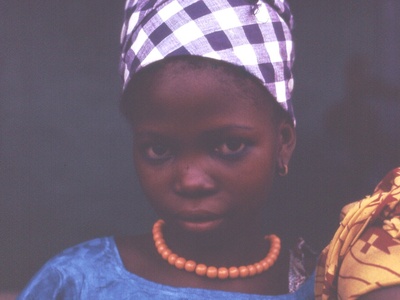
Mandingo (Mandinka)
Mandingo are traders and Islamic scholars with ties across West Africa. They are noted for commerce, griot traditions, strong Islamic faith and business networks linking Sierra Leone with Guinea and Mali.
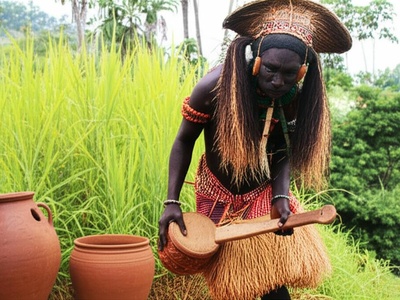
Loko
The Loko are a smaller northern farming people known for rice cultivation, masked ceremonies, and forest-based rites. They maintain distinct pottery and music traditions and historically interact closely with neighboring Temne communities.
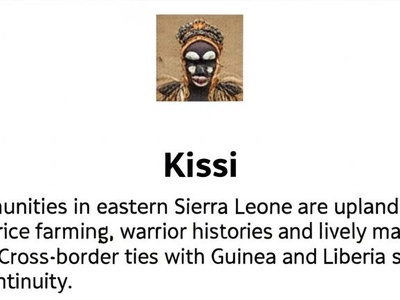
Kissi
Kissi communities in eastern Sierra Leone are upland farmers known for rice farming, warrior histories and lively masking traditions. Cross-border ties with Guinea and Liberia shape their cultural continuity.
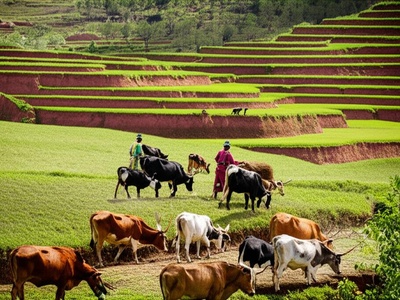
Kuranko (Koranko)
Kuranko are part of the Mande-speaking highland peoples, famed for resilient upland farming, cattle-raising and strong Islamic practice. They have a reputation for toughness and preserve rich oral histories.
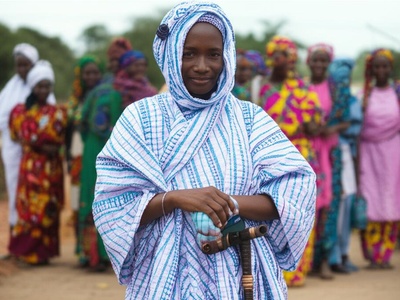
Susu
Susu are traders and farmers with roots across Guinea and Sierra Leone. They practice Islam, maintain commercial networks, and contribute to multicultural trade towns near the border.
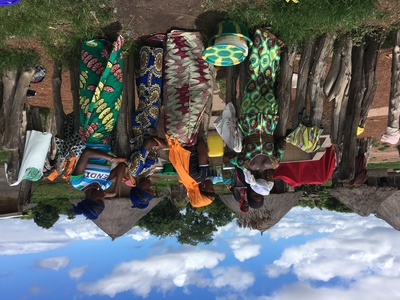
Yalunka
Yalunka communities are transnational (Guinea–Sierra Leone) and known for Islamic devotion, farming and interwoven kinship. Their small-scale farming and localized rituals remain important to regional identity.

Vai
Vai live along the Sierra Leone–Liberia border with a unique syllabary script and coastal agricultural traditions. They blend Christian and Muslim practices and have historical ties to Liberian communities.
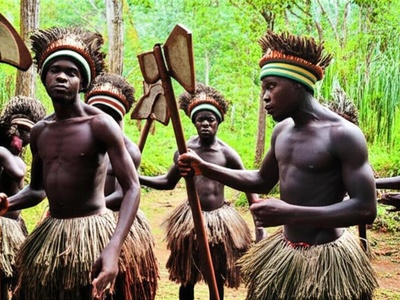
Gola
Gola are forest peoples with centuries-old forest stewardship and masked ceremonies. Their land claims and cultural conservation in Gola Hills are central to regional ecology and identity.
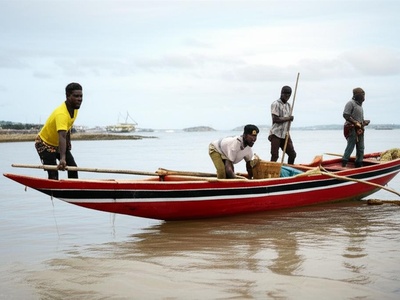
Bullom
Bullom (also called Sherbro-Bullom) are coastal fisherfolk with early contact history with Europeans. They preserve distinctive boat-building, fishing techniques and creolized coastal customs.
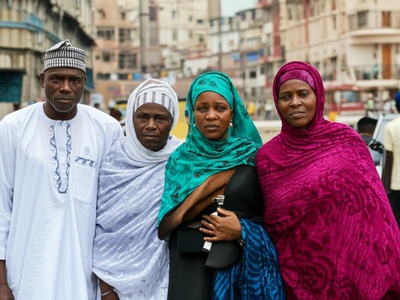
Oku
The Oku are Creole-descended Muslims with Yoruba ancestral links, notable for Islamic scholarship, conservative dress, and community institutions within Freetown’s multiethnic urban fabric.
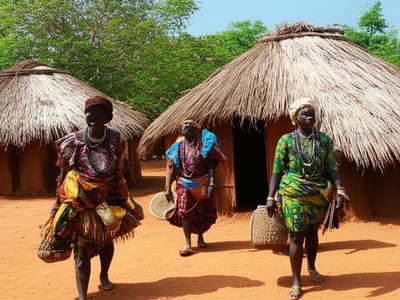
Kasseh (Kasseh-Mende subgroup)
Kasseh are a Mende-speaking subgroup with localized customs, agricultural livelihoods and participation in Sande/Poro traditions. They exemplify regional Mende cultural variations and village-based social structures.

